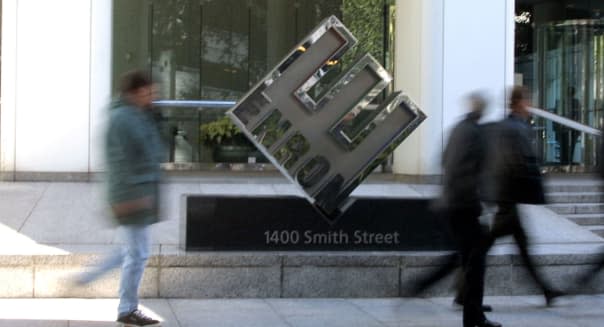Wall Street's 5 Most Dangerous Financial Innovations

A former chairman of the Federal Reserve once remarked that the ATM was the last financial innovation he could think of that actually improved society. For the record, the first such device was installed in 1969.
Although this might overstate the case, there's no question that Wall Street's financial engineers -- like the eccentric fictional scientist Victor Frankenstein -- have subjected society to more than their fair share of monsters. The resulting carnage has cost investors, employees, and taxpayers hundreds of billions of dollars.
What follows, in turn, are the five worst financial innovations that have been let loose on society over the past few decades.
1. Credit-default swaps
The real estate crash that triggered the recent financial crisis was the result of many factors. Wall Street bankers packaged faulty mortgages into bond-type securities that were sold to investors. Mortgage brokers eschewed underwriting standards to juice origination volumes. Property appraisers inflated home values. And homeowners used their properties as ATMs, withdrawing equity as values rose.
But underlying all of this madness was the credit-default swap.
Originally developed by financial gurus at JPMorgan Chase (JPM), the first CDS shifted the credit risk on a massive loan held by JPMorgan to a third party who agreed to assume the risk of default in exchange for premium payments, much as an insurer would.
In short order, bankers convinced themselves that they had stumbled upon the holy grail of finance: the complete eradication of credit risk. What followed was a lending boom (and bust) unlike any experienced since the Roaring 1920s.
2. Portfolio insurance
On a single day in October 1987, the Dow Jones Industrial Average (^DJI) dropped an astounding 22.61 percent. The plunge was nearly twice as deep as Black Tuesday, which triggered the Great Depression, and it remains leaps and bounds larger than anything we've experienced since.
The culprit? Portfolio insurance.
Developed to give investment managers a hedge against declines in the stock market, it turned an otherwise typical drop into a total rout, as computers programmed to execute the strategy flooded the New York Stock Exchange with orders to short the market.
3. Special-purpose entities
The Enron debacle wasn't an isolated incident. It was rather a byproduct of the accounting rules that governed publicly traded companies at the time.
One rule in particular, known as FAS 140, allowed companies to set up separate legal entities, which they continued to own virtually outright, and then offload copious amounts of debt onto them.
Sponsored Links
To the unwitting investor or regulator, it was as if the liabilities had evaporated into thin air.
But, then, of course, they had not -- as we came to find out in 2001, when Enron was forced to absorb its off-balance-sheet liabilities and file for bankruptcy. All told, it's estimated that shareholders lost $74 billion in the four years before the company's bankruptcy.
4. Stock-index futures
Whatever one thinks about Wall Street, there's simply no question that it serves the important purpose of making the capital of those with an excess (savers) available to those who need more (growing businesses, homebuyers, etc.). Stocks do this by giving investors equity in a business. Bonds do so by offering a claim on the underlying assets.
But not every financial product marketed by the gurus on the southern tip of Manhattan serves such a utilitarian purpose. One of the worst offenders in this regard is the stock-index future, which amounts to a zero-sum bet on the direction of stocks. It doesn't raise capital. It doesn't give the owner a stake in any business. It's a wager -- nothing more, nothing less.
It's for this reason that Warren Buffett tried to stem the proliferation of stock-index futures, arguing to Congress in 1982 that "We do not need more people gambling in nonessential instruments identified with the stock market."
5. The leveraged buyout
The leveraged buyout is perhaps the greatest financial travesty of modern capitalism.
Resembling a home mortgage, the tactic allows financiers, typically private-equity companies like Kohlberg Kravis Roberts (KKR) or the Blackstone Group (BX), to buy an entire company with a comparatively tiny down payment. The rest of the purchase price is financed by debt that is -- and this is the critical point -- collateralized by the assets of the company being acquired.
And herein lies the problem. The company that's acquired becomes so overwhelmed with interest payments that it's forced to cut back in other places. Thus, while a handful of financiers make off like bandits, employees become the unwitting beneficiaries of lower pay and unemployment.
The bottom line
At the end of the day, Wall Street is no different from any other industry. Pharmaceutical companies produce bad drugs. Car companies manufacture lemons. And restaurants serve bad food. As a result, what matters is the consumer's ability to distinguish between good products and bad.
Motley Fool contributor John Maxfield has no position in any stocks mentioned. The Motley Fool owns shares of JPMorgan Chase. Try any of our newsletter services free for 30 days.
%Gallery-189101%

